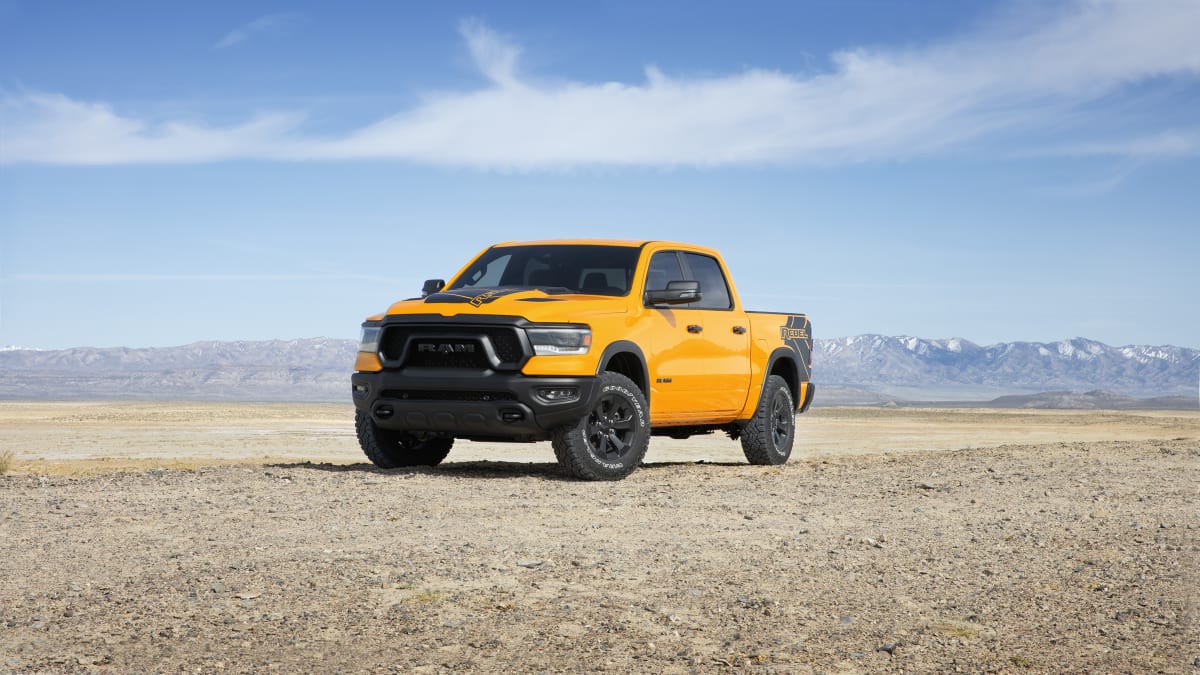Overcast recast: Gray is young again as a car color
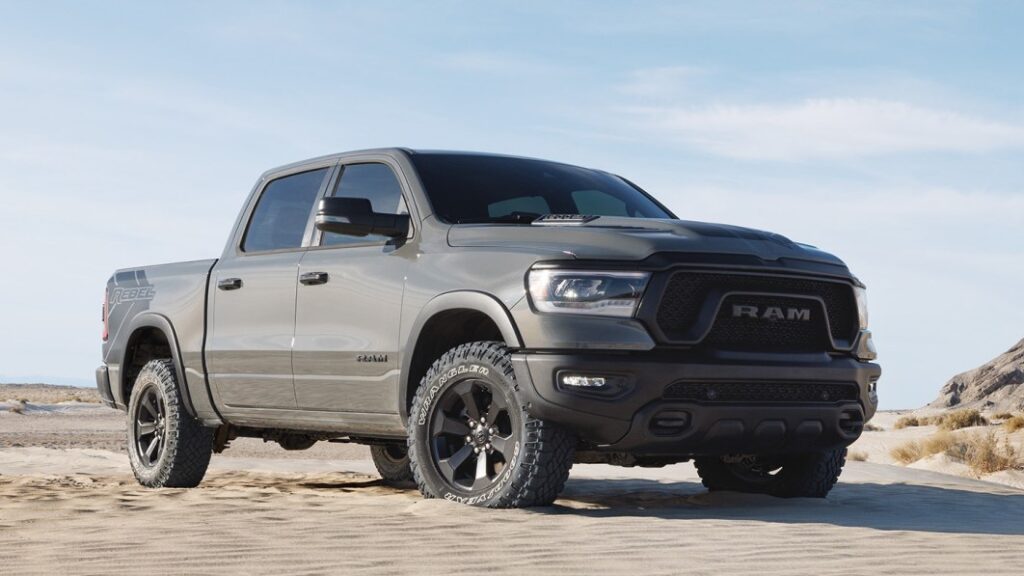
Occasionally, automakers alert news outlets when they’re about to announce something important. A couple of weeks ago, Ram did just that. We perked up here at Autoblog: What big news was coming? The reveal of the small Ram pickup? The Hurricane inline six going into the Ram 1500? We’ve been anticipating these developments. Instead, it was this: a special edition for the TRX and Rebel called the Lunar Edition — an appearance package based on a paint color called Ceramic Gray.
More gray paint isn’t the excitement we were expecting.
It’s called the Lunar Edition because the surface of the moon is gray. When Buzz Aldrin surveyed that stark landscape in 1969, he declared it “magnificent desolation.” Seems like a downer connotation if you’re trying to sell trucks, but Ram’s marketing people may be too young to remember that.
Turns out, though, Ceramic Gray is sort of interesting — part of a new generation of gray paint on cars. For maybe the first time, gray is turning heads on the road.
Up until now, gray has been one of the most boring colors a carmaker could offer. Maybe not as bad as the proverbial beige Camry, but close. Anonymous. Drab. Nondescript. A non-color, actually. Gray is achromatic, between black and white. Or, gray can be achieved by basically using all the colors, like you took all the food in your fridge and whirred it in the blender. And about that appetizing.
Yet gray is the third most popular car color, and we’ve never understood that. White is the top seller, at 26% of the automotive market. Nothing wrong with white. It has good visibility, and paradoxically can appear clean even when dirty, so that’s nice. And white’s often a no-cost color option. Black is next at 22%. Black cars look fantastic, at least for the first half-hour after you wash them. Everybody owns a black car once in a lifetime, and once is generally enough.
And then there’s gray, at 18.4%. Meaning, nearly 1 in 5 cars out there is gray. If you lump gray and silver together — the difference can sometimes be a, well, gray area — they’re nearly 1 in 3 cars. And for decades grays have been a mundane medium to dark charcoal metallic. Millions of Mercedes, Audis and BMWs wear that color. Around the office, we call the white-silver-gray-black spectrum the “German rainbow.” Together, they make up an astonishing 78.6% of all U.S. vehicle sales.
The actual colors that surround us in our natural world are also-rans, with blue at 9.5%, red at 8.6%, and others like orange, green or yellow at less than a percentage point apiece. By the way, these prettier colors help a vehicle hold its value. Gray is not good for that, though black is truly a costly choice.
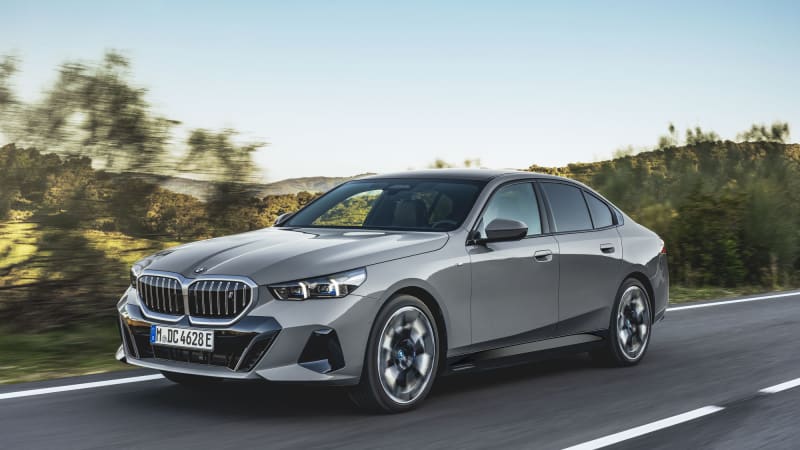
BMW i4 in Brooklyn Gray, a more modern take on the old “German rainbow.” The new i5, just revealed Wednesday, is wearing a cool gray that looks to be more traditionally metallic.
Why gray?
A longstanding myth claimed dogs could only see in black and white. So, what, were people picking out cars they thought their dogs would like? The best guesses as to why gray has been popular are (a) that dealers tend to order it as a noncontroversial choice that won’t linger on the lot, so car buyers have taken what they could get. Or, (b) buyers just don’t care, or don’t mind.
To my way of thinking, gray is a safety concern. Anecdotally, when I’ve overlooked an oncoming vehicle at first glance, it was dark, gray. Here in Seattle, or during bleak winter days anywhere, a gray car is a drab danger – gray against gray pavement, gray skies, gray buildings. Fortunately, daytime running lights have helped a ton. The Insurance Institute for Highway Safety shared some research into car color safety indicating that white or yellow are the safest colors (note that fire engines are lime yellow these days). But it has been hard for researchers to nail down the safety question. Different drivers, differing weather, etc., present confounding variables. If light colors seem to offer a slight advantage, though, it’s reasonable to think the opposite for dark ones.
Note that deer hunters and road workers don’t wear gray safety vests.
Given the unclear science regarding car color safety, IIHS says buyers shouldn’t get too hung up on color but should focus on buying a car with great headlights, solid crash test scores and advanced safety features. But hey, a light color couldn’t hurt.
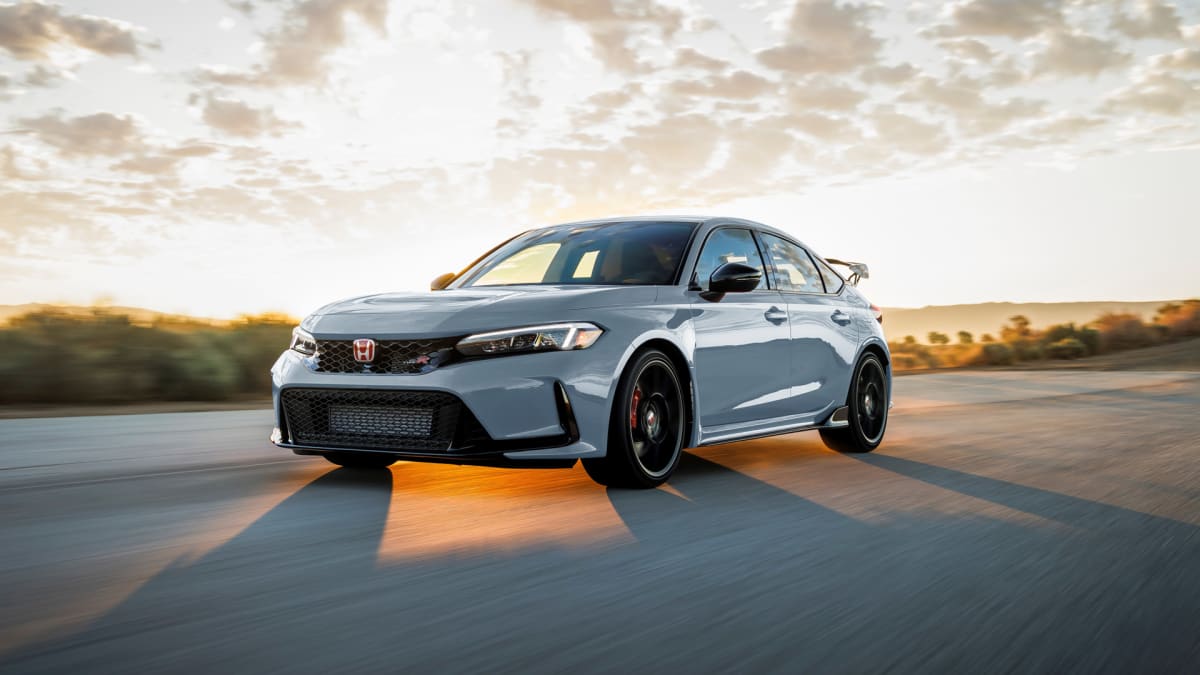
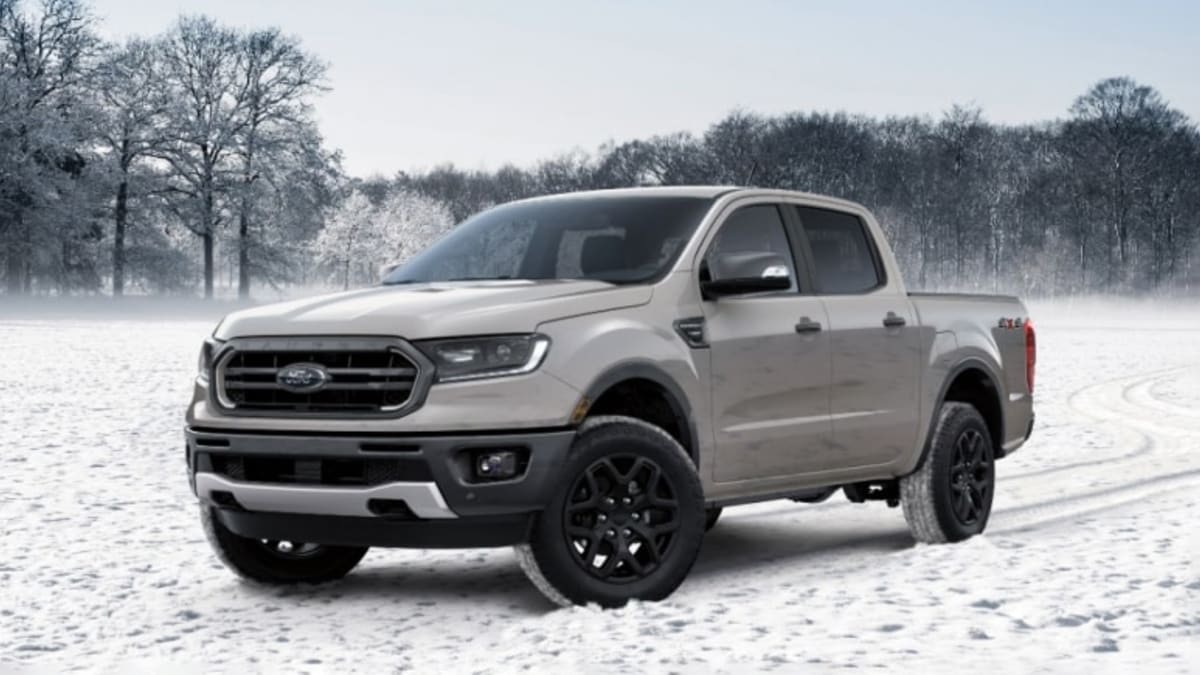
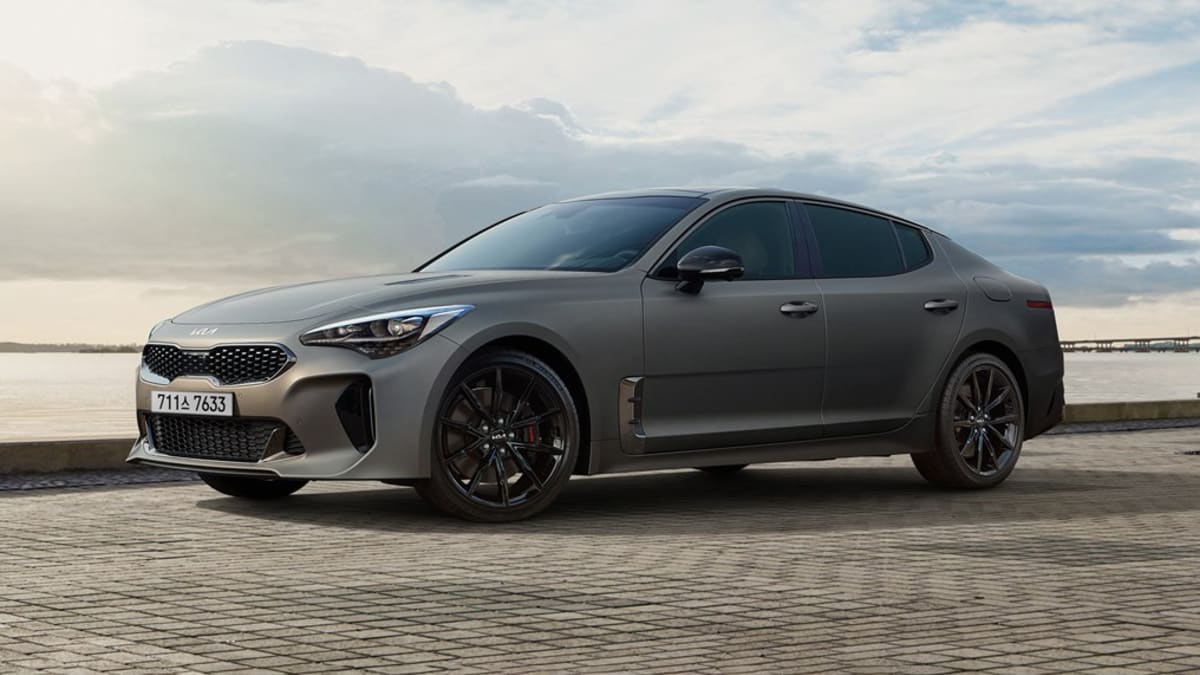
New day for gray
Suddenly, however, the pall over gray has lifted. Gray got cool. All around us on the road, gray paint jobs bear little resemblance to those that came before. Many are solid colors or “pearls” rather than metallics. Some skew toward blue or green, and in lighter, cool shades, seemingly matte or creamy, bringing to mind the “milk paint” finishes on furniture.
Why has gray been popular, and what’s up with these new shades? Here’s the take from Laurie Pressman, vice president of the Pantone Color Institute, who reads quite a lot into it:
“One of the reasons colors in the gray family are popular for automotive is because they are just so comfortable to live with, and as a possession we typically hold onto for an extended period of time, it is important that the color we choose can stand the test of time, which the grays do.
“There is also a strong psychological appeal to the grays. Whether a cool gray hue that leans to the blue or lavender side or a brown toned gray infused with warmth, colors in the gray family signify a level of elevated minimalism and understated chic as well as being sturdy and everlasting.
“And then there are the silvery and pearlescent and iridescent shimmering gray shades whose message of sleek modernity and futuristic appearance stir our imagination to envision new futures in fantasy sci-fi or a trip into the greater galaxy.”
Sure, you can still buy one of the old, dark Germanic grays, say a new BMW 3 Series in Dravit Gray Metallic. But you can also get it in lighter, fresher, modern Brooklyn Gray. The just-revealed 2024 BMW 5 Series was shown in something similar to Brooklyn, but more glossy. The i7 also just revealed is gray, too, but a bit more traditional.
You can get your Kia K5, Telluride or most of the lineup in smooth, intriguing Wolf Gray. The Stinger comes in Ceramic Silver (Ceramic being the same name used by Ram).
A Honda Accord looks sharp in Urban Gray Pearl, or a Civic in blueish Sonic Gray Pearl.
I’d want a GT-350 in traditional Shelby white and blue, but Avalanche Gray on that car was sharp, and Avalanche appears on other Ford models such as the Ranger or F-150. Volvo currently offers Thunder Grey Metallic; it used to pair Osmium Gray with its Amber interior, a striking combination.
For years, we’ve had dark, drab — Buzz Aldrin would say desolate — gray cars. Automakers are finally offering something better for those who say gray’s OK.
Then again: A few days after Ram announced the Lunar Edition, it rolled out the Ram Rebel 1500 Havoc special edition — in lively Baja Yellow. So, you could always pick a real color.
